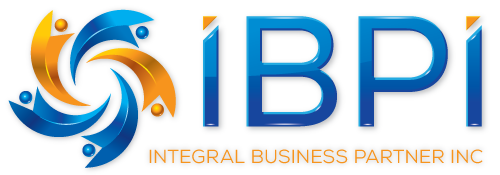Introduction: The Recruiter’s Dilemma
Recruiters today are busier than ever. Between sourcing, screening, scheduling, and follow-ups, it’s easy to feel overwhelmed. AI-driven automation offers a way to scale efforts efficiently—but over-automation can make candidates feel like just another number.
The key? Finding the right balance between automation and human interaction.
This post will break down:
✅ When to automate vs. when to personalize
✅ How AI can enhance (not replace) the recruiter’s role
✅ The best AI tools for scaling communication while keeping it human
When to Automate vs. When to Personalize
Some parts of recruiting can be automated—but not all of them. Here’s how to decide:
| Recruiting Task | Automate? | Personalize? |
|---|---|---|
| Resume Screening | ✅ Yes | ❌ No – AI can efficiently filter candidates. |
| Application Acknowledgment | ✅ Yes | ❌ No – Automated responses keep candidates informed. |
| Interview Scheduling | ✅ Yes | ❌ No – AI tools like Calendly eliminate back-and-forth emails. |
| Candidate Check-Ins | ✅ Yes | ✅ Personalize when engagement is needed. |
| Feedback & Rejections | ✅ AI can assist | ✅ Should always have a personal touch. |
| Offer Negotiations | ❌ No | ✅ Always human-led. |
🔹 Best Practice: Automate the repetitive, time-consuming tasks so recruiters can focus on high-value, relationship-driven activities.
How AI Can Improve the Candidate Experience Without Losing the Human Touch
AI shouldn’t replace recruiter relationships—it should enhance them. Here’s how AI can support personalized interactions at scale:
🤖 AI Chatbots for Instant Responses – Tools like Paradox Olivia & HireVue answer FAQs and keep candidates engaged 24/7.
📅 Automated Interview Scheduling – Calendly & GoodTime eliminate scheduling delays while maintaining a seamless candidate experience.
💬 AI-Powered Personalization – Workable generates tailored outreach messages that feel natural, not robotic.
📊 AI-Driven Talent Relationship Management – Beamery helps nurture long-term candidate relationships with personalized check-ins.
💡 The key? Use AI to remove friction, not to replace real human interactions.
Common Automation Mistakes (And How to Fix Them)
🚨 Over-Automating Candidate Communication
❌ Problem: Candidates feel like they’re talking to a bot instead of a person.
✅ Fix: Personalize AI-driven messages by including specific job details, addressing candidates by name, and adding recruiter contact info.
🚨 Lack of Human Follow-Up
❌ Problem: AI sends an interview request, but the recruiter never follows up to check on candidate readiness.
✅ Fix: Use AI for scheduling but follow up personally with an encouraging message.
🚨 Generic, One-Size-Fits-All Rejections
❌ Problem: Candidates receive impersonal, vague rejection emails.
✅ Fix: Use Workable to automate customized rejection messages that offer constructive feedback.
The best recruiters don’t rely solely on automation—they use it to make their human interactions even more impactful.
Actionable Steps to Find the Right Balance
1️⃣ Audit Your Hiring Process – Identify where automation improves efficiency and where personalization is needed.
2️⃣ Use AI for Scheduling & Admin Tasks – Free up time by automating time-consuming tasks like resume screening and follow-ups.
3️⃣ Keep Candidate Outreach Human – AI can help draft messages, but recruiters should always review and personalize.
4️⃣ Personalize Key Moments – Interview preparation, rejections, and offer discussions should always have a human touch.
5️⃣ Track Candidate Engagement – Use AI-powered tools like Beamery to monitor who needs extra attention.
Final Thoughts: AI is a Tool, Not a Replacement
Recruiters who find the right balance between automation and personalization will:
✔ Improve efficiency without sacrificing candidate relationships.
✔ Reduce manual work while keeping engagement high.
✔ Build a hiring process that feels seamless yet personal.
💡 Ready to take candidate experience to the next level? Stay tuned for Post 5: The Long-Term Game – Turning Candidates into Future Clients. 🚀

